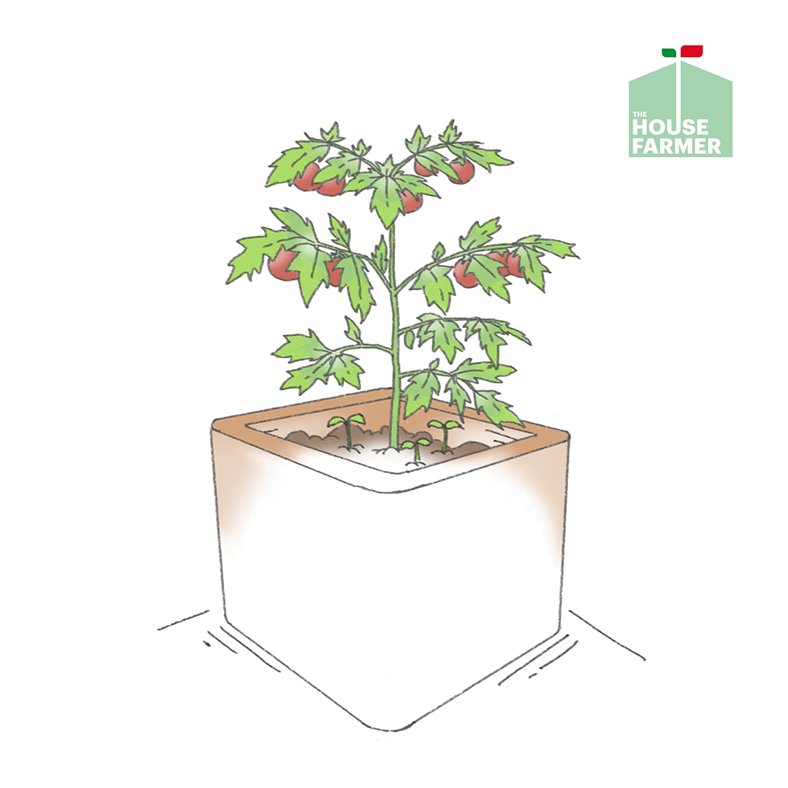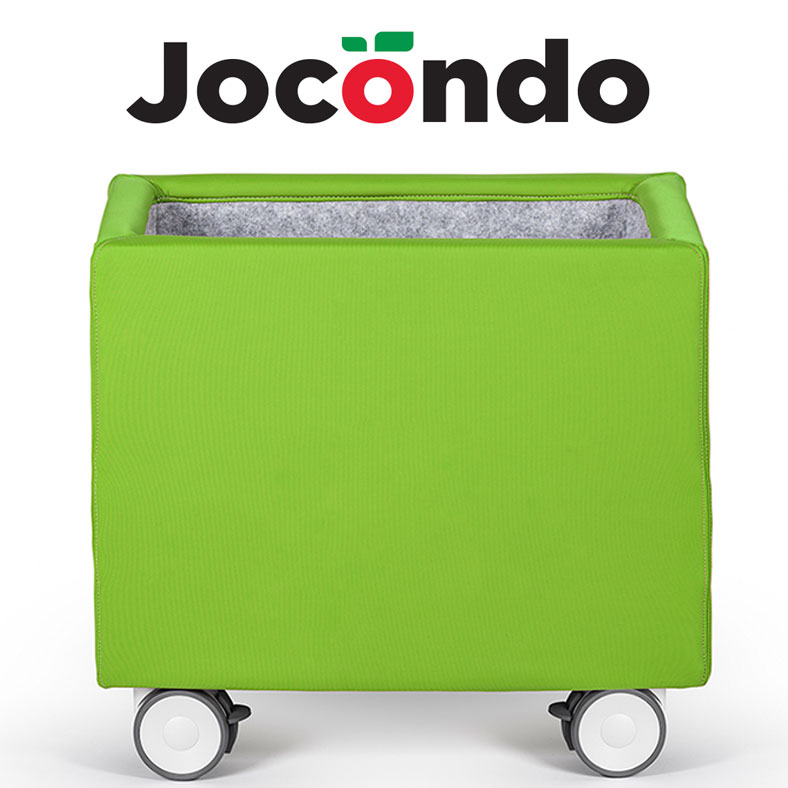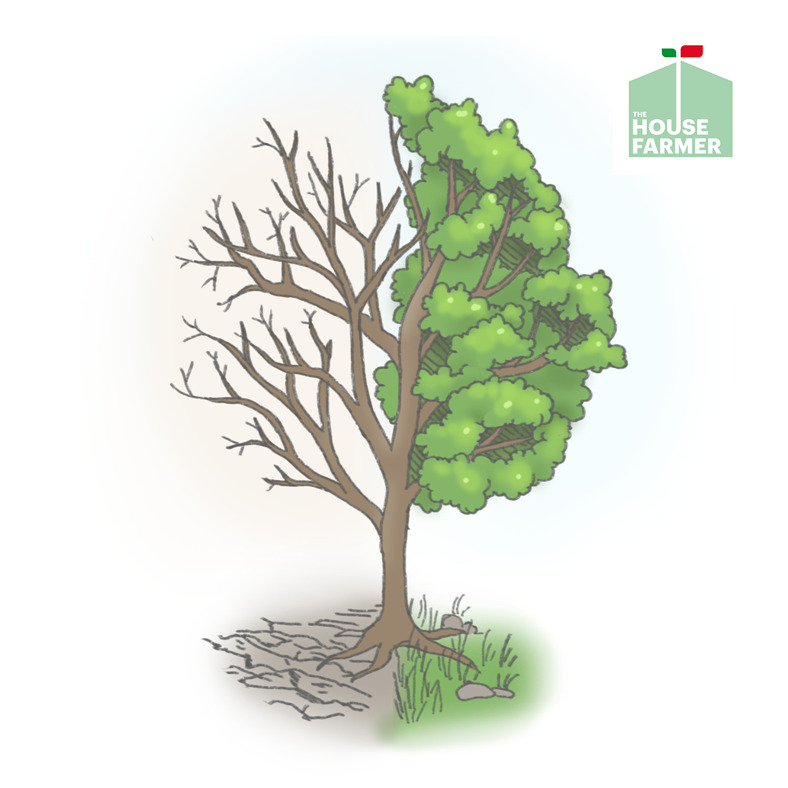
Growing my grandma’s terrace vegetable garden - #meandgrandma4
My grandma must have passed something poetic on to me because I can’t help looking at a plant without a feeling a sense of poetry. So I would like to write a thought for those little plants growing on my terrace vegetable garden.
MINT
“To me, a head of lettuce or a mint seedling produces the same lasting effects in time and space as a poem”
Thích Nhát Hānh – The sun, my heart (Bhuddist monk)
Unlike basil which is very picky, mint is a plant which adapts to any place, except for soils too rich in clay. It grows well both in the sun and in the shade. It’s preferable to buy the plants in spring and put them in a large vase, separate from others because they tend to spread and take over. If you do want to grow them next to other plants, cut out the bottom of a plastic pot, insert the mint and then place it in a larger container together with other plants, keeping the rim just above soil level.
It’s a very hardy plant.
My mint has been with me for 5 years; every winter it seems to perish and yet every spring it reappears. It fears no parasite, in fact, when placed next to other plants it protects them, like a sweet-smelling guardian. When it gets very cold, or during extremely rainy periods, it is best to cover the plant with a plastic tarp so as to prevent the leaves from getting wet and spoiling. It’s amazing how many varieties of mint you can grow on your balcony.
Peppermint – a classic!
Moroccan mint – similar to rosemary and with a strong scent
Chocolate mint – compact and looks like a creeper
Orange mint - Also known as Grapefruit mint
Pineapple mint - a variegated cultivar of apple mint
Black peppermint - a very rustic plant rich in essential oils
The more scented parts are where the greatest “soul” lies. Grandma used to say that, “The eye which is without smell, is a mirror, not a soul; to add a fragrance to the body is to add a soul to it, or pretend to have one where it is lacking.” My grandma was quite a character! In truth, she was quoting Guido Ceronetti who goes on to say... “The logical consequence is that we find smells which are too strong disagreeable, because an excess of the soul is intolerable to us, in the measure that animality is repressed and restrained by civilization.”
ROSMARY on my terrace vegetable garden
“What would happen if a crocodile knocked on the door asking for a little rosemary?” (“The Grammar of Fantasy” – Gianni Rodari)
Rosemary does not just only go well with chicken and potatoes, or inside the belly of a large, salted fish, it is also excellent dipped in a refreshing gin and tonic. It is strongly aromatic and excellent in teas, also together with other herbs.
It takes a while to grow, but if you have abundant space you can expect to have enormous intoxicatingly scented purple bushes in spring. On a terrace vegetable garden or balcony garden, it will depend on the size of the pot and where you decide to place the rosemary plants. In the wild rosemary does not require much watering because its roots grow deep into the soil. However, for potted rosemary it’s different, as space is limited, and we have to ensure the soil is always moist while avoiding stagnation. My rosemary plants come from a very large mother plant growing in a garden in the seaside town of Varigotti. The bush stood proud in all its purple splendour and I could not help stealing just a couple of sprigs which I brought back to Milan and kept in jars with water for some twenty days. Once they had grown roots. I planted them in soil in pots. It is important to water them every evening. Alternatively, forget the experiments (which I tend to love ...); just decide how many rosemary bushes you want and buy them any time of the year, putting them into containers at least 20 cm in diametre.
SAGE in a terrace vegetable garden is possibile
As an old Italian saying has it: keep sage in your garden, your body it will enliven.
While a Chines e one says: Eat sage in May and live for aye.
Evergreen sage is an underrated aromatic plant. Yet it is very robust, it grows into large bushes and it is miraculous in herbal teas, perfect in sautéing and inside the belly of a small fish or chopped on potatoes and grilled vegetables. It is magically beneficial to our teeth and gums. It actually cleans our teeth.
Sage prefers the sun and is a hardy plant. It grows well with rosemary.
You can also opt for another variety: purple sage, which gives a lovely splash of colour making it stand out from the green plants beside it. However, being more delicate it should be kept at a distance from its green cousin which could take over. Red sage and oregano are another visually great match. And let’s not forget salvia divinorum .... if you’re in the mood for a little shamanism (In Italy it can’t be found).
CHIVES
Fall in love with a blade of grass (my thought).
With its needle-shaped stems, it is very delicate and delicious when its puffball blossoms are in full bloom. You can eat the whole plant. By cutting them at the bottom, the stems will regrow quickly creating a thick expanse.
It flowers in May.
It can be used to flavour salads and fish or added to sautée. Buy the plants in late spring and put them in wooden boxes or pots with universal potting soil on windowsills, preferably in full sun or partial shade.
OREGANO
Grandma and I would climb up the rock escarpment overlooking the sea to pick the oregano when it was in full bloom in the month of June. The escarpment would be doused in pink. A pink expanse stretching out till the eye could see. Grandma and I picked the oregano and then put it to dry on cotton cloths under our beds. After a certain amount of time which as a child I could not define, we would sit and crumble it with our hands. The house filled with the aroma of oregano, the air felt inebriating. Grandma used to say that such a wonderful scent had to be created by the Goddess Aphrodite whose garden was full of it.
It’s name is Oros Ganos which means e “Beauty of the Mountain”. Isn’t it a lovely name?
On my terrace vegetable garden, oregano grows in an unruly manner and its flowers attract bees. Every now and then, in autumn or spring, I prune it so it doesn’t become too woody. I use it copiously, on meat, potatoes, sauté, sauces, grilled vegetables and yoghurt.
PARSLEY in a perfect terrace vegetable garden
Those who eat parsley turn up everywhere - Italian proverb
Occhio e malocchio, prezzemolo e finocchio. – film Lino Banfi (!)
Just two or three small plants of parsley should provide you with all the parsley you need. Parsley doesn’t like direct sun, so you can place it next to basil in a sheltered area in mid shade. It can survive outside during the winter and grows leaves all year-round. In the summer of its second year, it produces whitish yellow flowers, sometimes even with slight blue or violet hues.
THYME
Thyme attracts bees. It makes you think of a garden. Even if you live in a gloomy bedsit in a street somewhere in the hectic suburbs of Milan. Thyme is the expression of summer. It flowers between May and July. It is sprinkled with whitish-pink flowers. It needs sun, water and pruning so the sprigs don’t become too long.
Read also: #meandgrandma5



